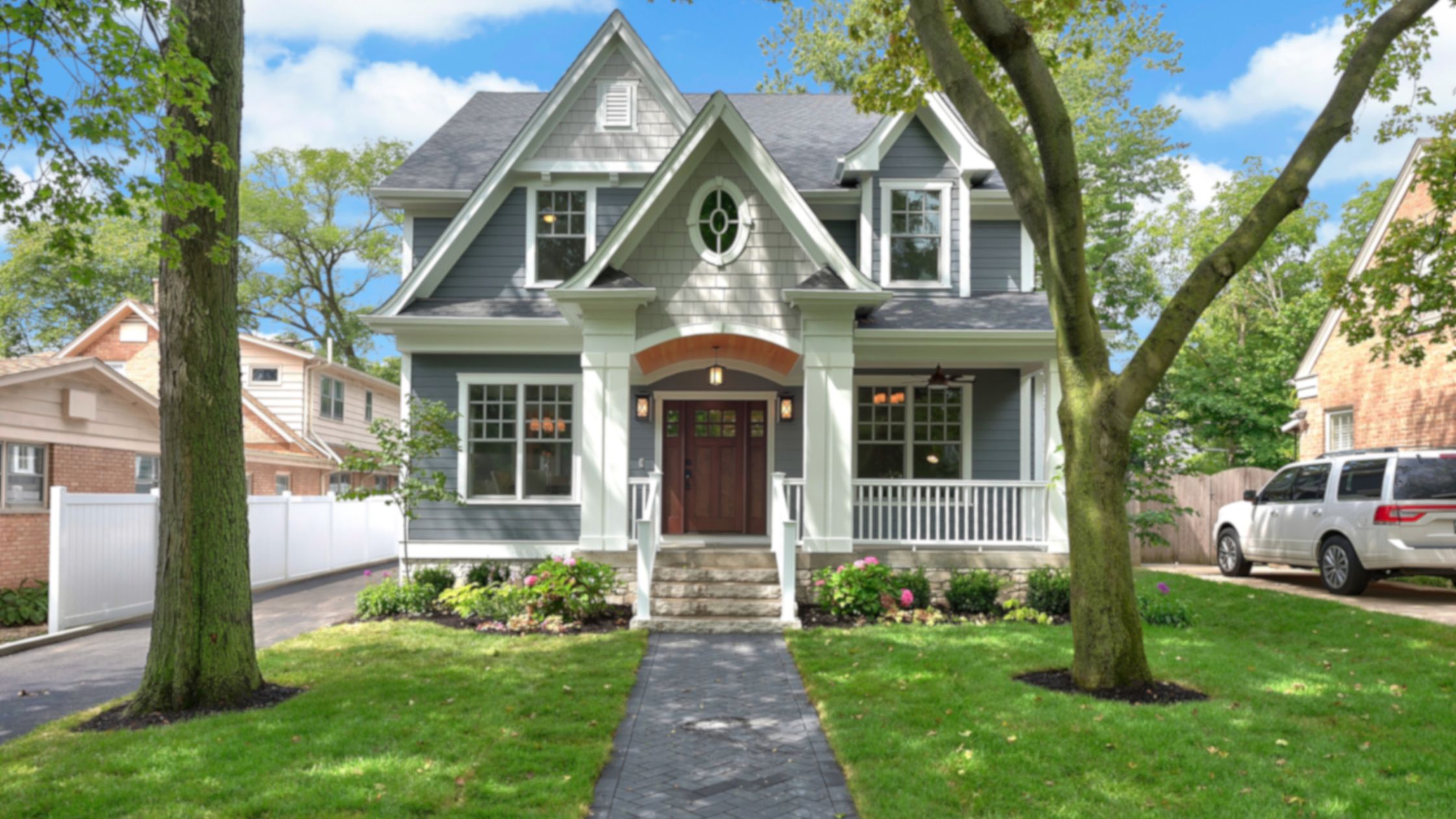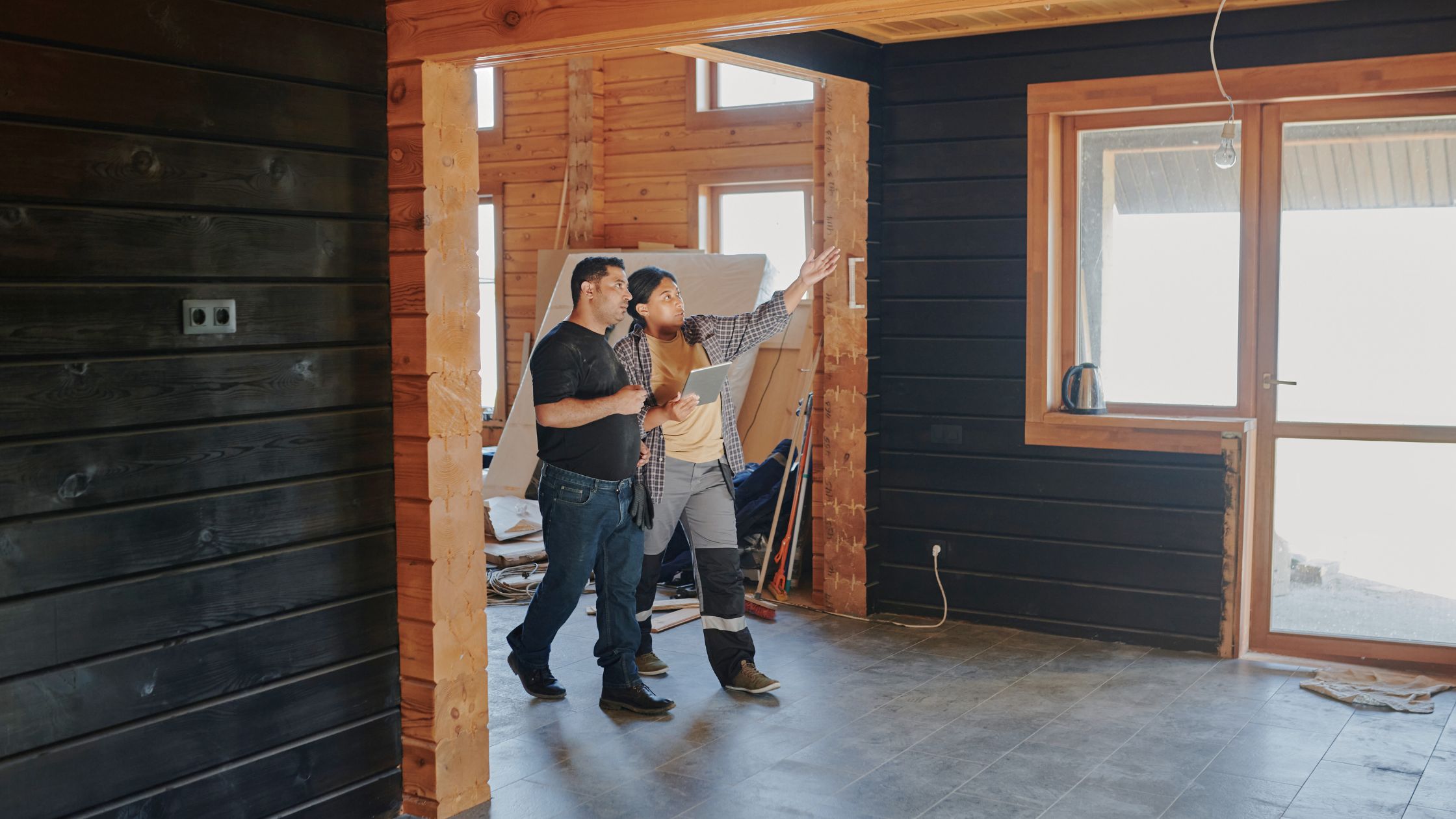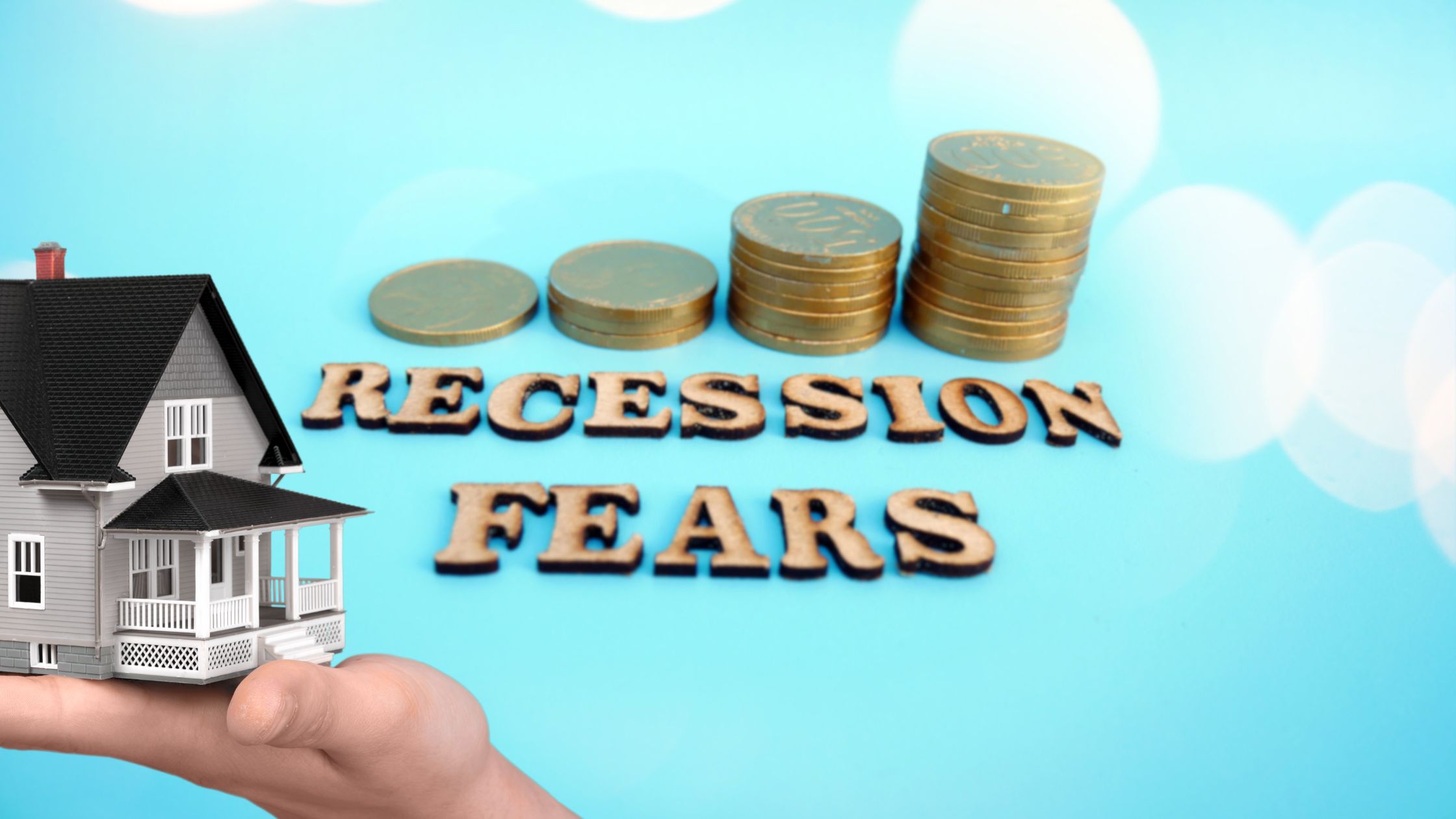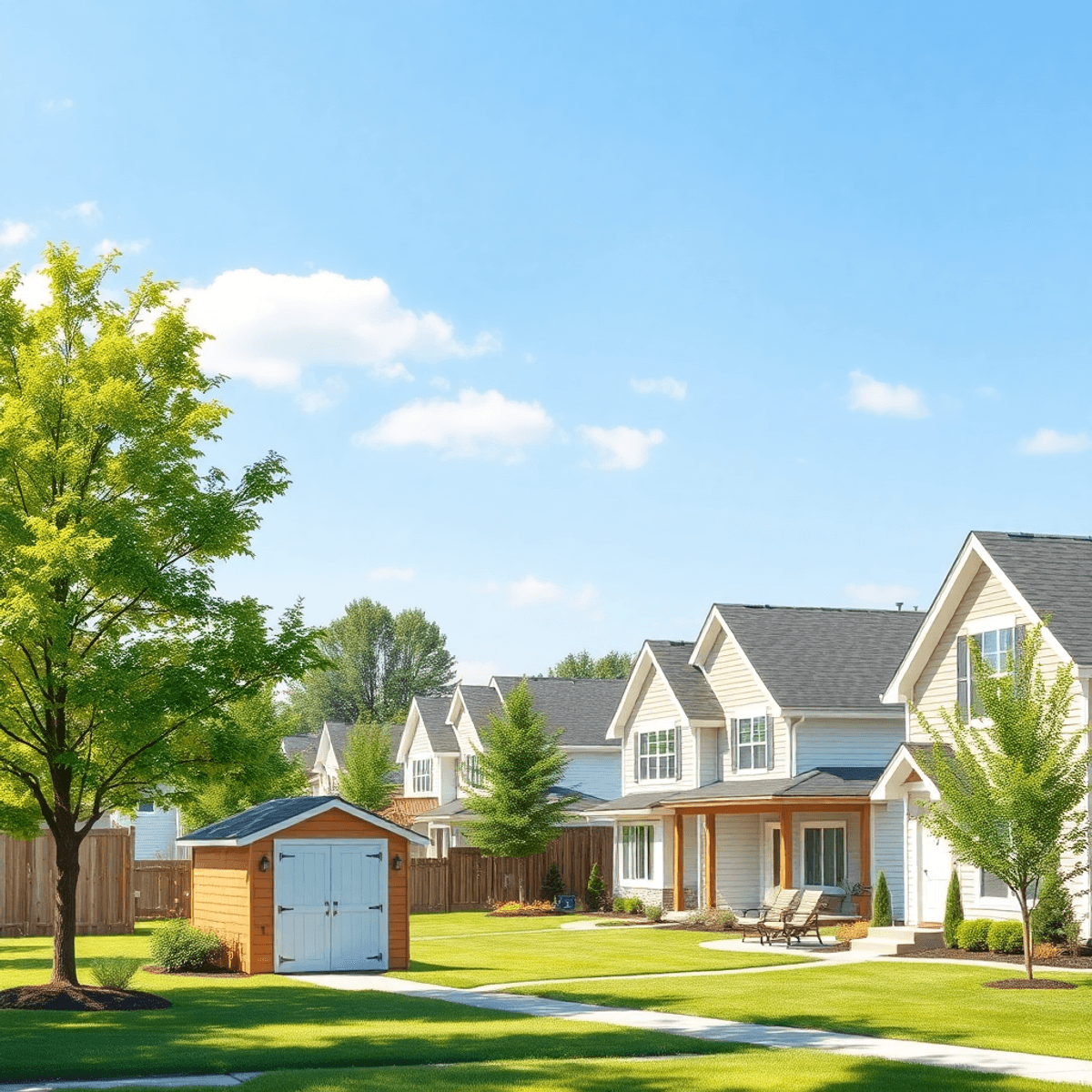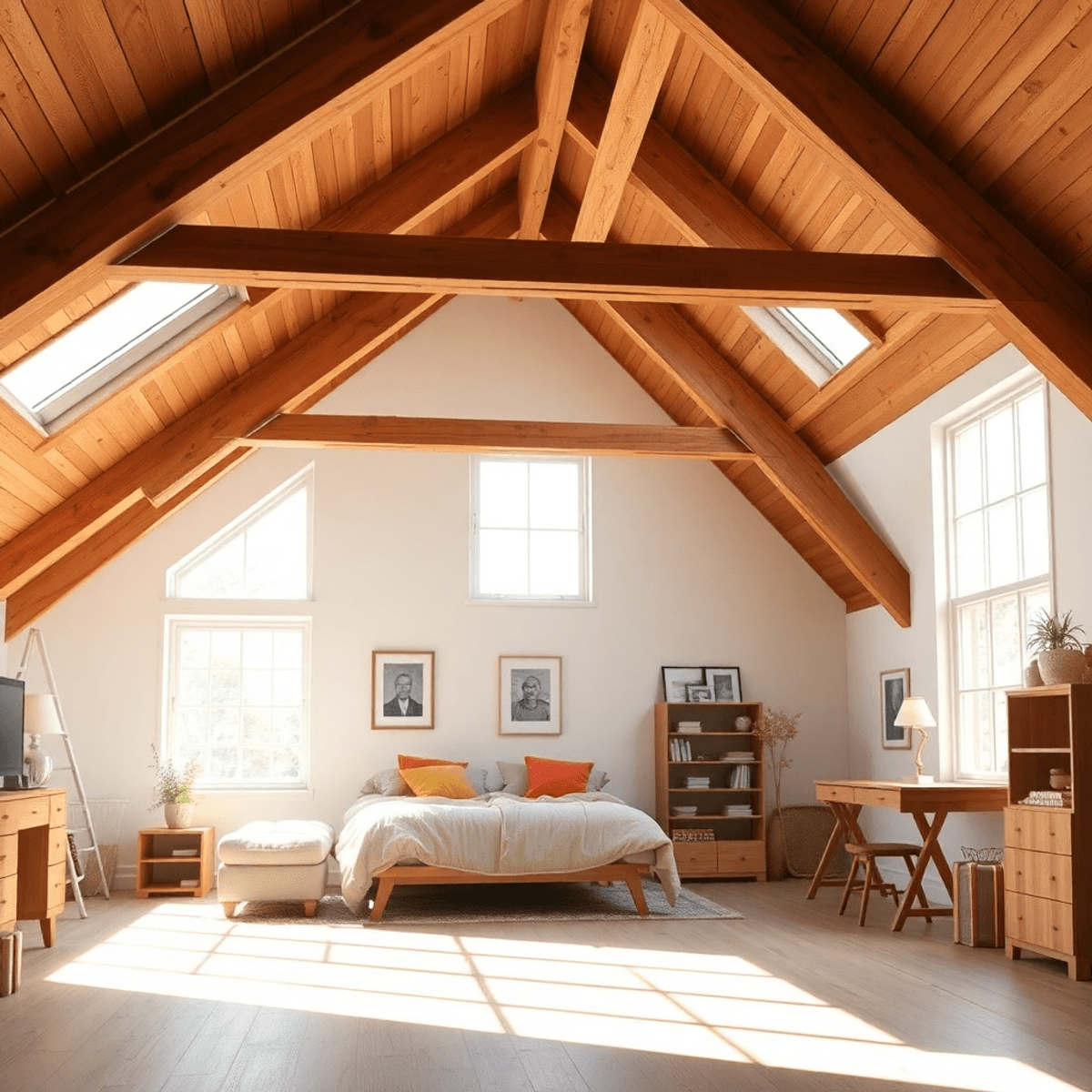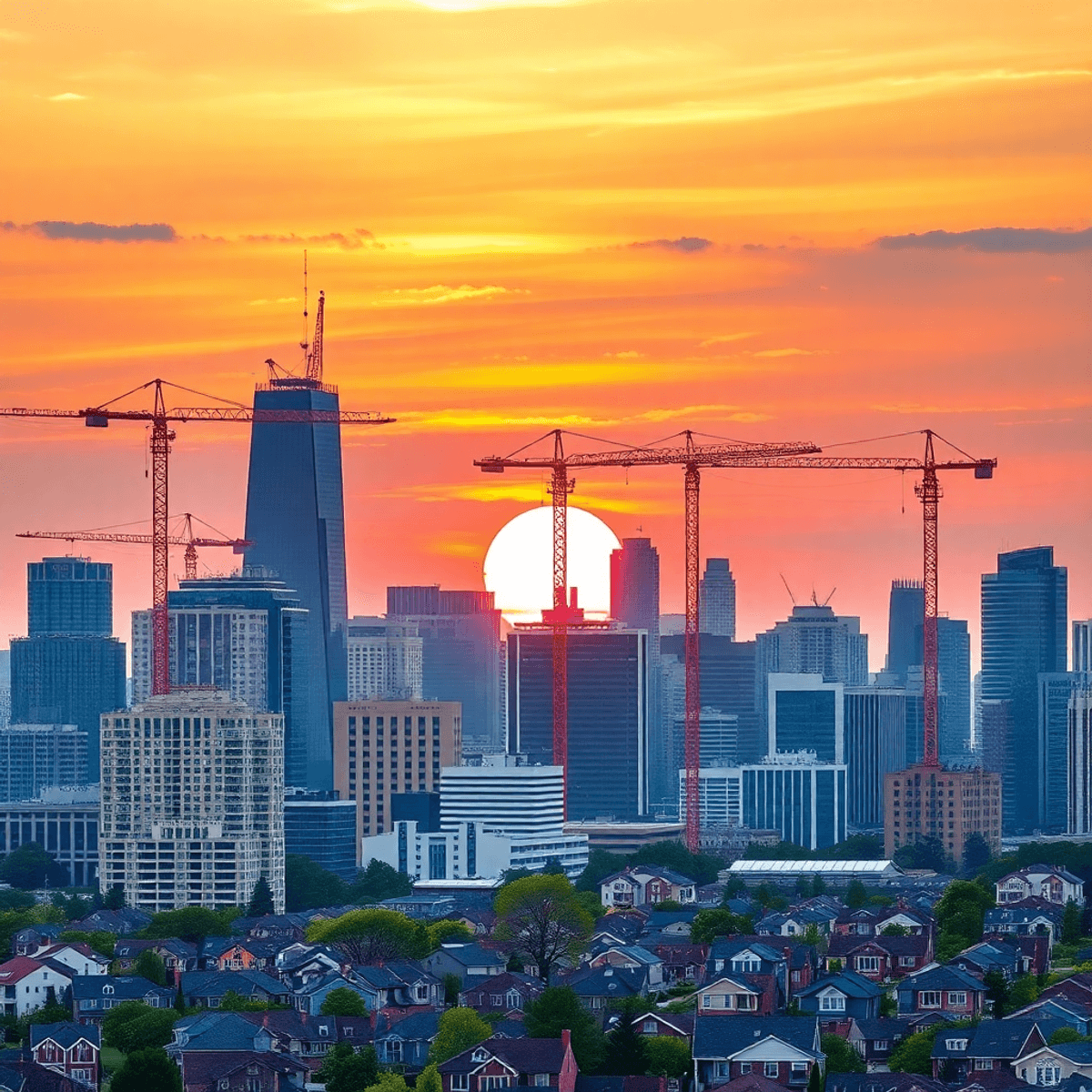Top 5 Homeowner Assistance Programs in Illinois for Cost-Effective Upgrades
Introduction
In today’s economy, many homeowners in Illinois are facing challenges due to rising living costs and economic uncertainty. This situation highlights the increasing need for homeowner assistance programs that can help ease financial burdens and provide safe, comfortable living spaces. Cost-effective upgrades are crucial in this scenario as they can greatly improve energy efficiency, lower utility bills, and enhance overall comfort in homes.
The focus on sustainability and affordability has led to the creation of several programs aimed at helping Illinois residents. These initiatives not only offer financial support but also empower homeowners to make necessary improvements without incurring excessive costs. For example, choosing the best materials for your Illinois renovation can have a significant impact on the overall cost-effectiveness of home upgrades.
Here are the Top 5 Homeowner Assistance Programs in Illinois for Cost-Effective Upgrades that you can explore:
- Illinois Home Weatherization Assistance Program (IHWAP)
- Illinois Homeowner Assistance Fund Home Repair Program (HAFHR)
- Home Repair and Accessibility Program (HRAP)
- ComEd Energy Efficiency Programs
- Strong Communities Program (SCP)
Each program offers unique benefits tailored to different needs, ensuring that every homeowner finds a suitable solution to their specific circumstances. Additionally, these programs often work hand-in-hand with local kitchen remodeling services or sunroom addition planning, making it easier for homeowners to achieve their desired results while staying within budget.
1. Illinois Home Weatherization Assistance Program (IHWAP)
The Illinois Home Weatherization Assistance Program (IHWAP) plays a crucial role in enhancing energy efficiency for low-income residents across Illinois. Designed to alleviate the financial strain of rising energy costs, IHWAP aims to provide essential upgrades that improve the overall comfort and safety of homes.
Types of Energy Efficiency Upgrades:
- Insulation: Proper insulation is fundamental in maintaining optimal indoor temperatures, reducing the reliance on heating and cooling systems, and subsequently lowering utility bills.
- Air Sealing: By sealing leaks and gaps in the building envelope, homeowners can prevent drafts and improve indoor air quality. This not only reduces energy waste but also contributes to a healthier living environment.
The benefits of these upgrades extend beyond mere cost savings. Enhanced insulation and air sealing can lead to improved health outcomes by minimizing exposure to extreme temperatures and pollutants.
Eligibility Criteria:
To qualify for assistance under IHWAP, household income must be at or below 200% of the federal poverty level. This ensures that those who need it most receive support for their energy efficiency needs.
Application Process:
Interested homeowners can apply through local Community Action Agencies (CAAs) or non-profit organizations partnered with the program. These agencies conduct initial assessments to determine eligibility and identify specific needs within each home.
By focusing on energy efficiency upgrades, IHWAP not only supports low-income families in managing their utility expenses but also promotes sustainable living practices across Illinois communities.
In addition to the IHWAP, Illinois is considering a middle-income housing program, which aims to address the housing needs of middle-income residents by making home ownership and rental more affordable.
For homeowners looking for more extensive renovations beyond weatherization, resources are available for transforming your basement into a functional living space or enhancing curb appeal through exterior improvements.
2. Illinois Homeowner Assistance Fund Home Repair Program (HAFHR)
The Illinois Homeowner Assistance Fund Home Repair Program (HAFHR) is a crucial resource for homeowners dealing with the financial impact of the COVID-19 pandemic. Many families faced significant economic difficulties during this time, resulting in postponed maintenance and urgent home repair needs. HAFHR aims to ease these burdens and ensure that homes remain safe and livable by providing financial assistance.
Eligible Repairs
HAFHR offers funding for various essential repairs necessary to maintain a home’s structure and safety. Some examples include:
- Roof Repairs: Fixing leaks or structural damage to prevent further deterioration.
- Plumbing Fixes: Addressing issues like pipe leaks or sewer line problems that could cause water damage or health hazards.
- Electrical Work: Ensuring proper functioning and safety of electrical systems, reducing fire risks.
- Heating and Cooling Systems: Repairing or replacing malfunctioning HVAC systems to maintain comfortable living conditions.
These repairs not only protect the physical structure but also improve the overall quality of life for residents. For those considering more extensive changes, exploring recent home remodel ideas could provide valuable insights into potential upgrades.
Eco-Friendly Remodeling
In light of current environmental concerns, homeowners might also want to consider eco-friendly remodeling options. These sustainable upgrades not only help reduce the carbon footprint but can also lead to long-term savings on utility bills.
Eligibility Criteria
To qualify for assistance through HAFHR, homeowners must meet specific income requirements. The program targets those whose incomes are at or below 150% of the area median income. Grants can reach up to $60,000 per household, providing substantial aid in addressing urgent repair needs.
Navigating through these challenging times requires strong support systems like HAFHR, which play an important role in protecting homes and communities across Illinois. This initiative not only helps individual homeowners recover but also contributes to community stability by preventing displacement and maintaining affordable housing stock.
However, it’s important to note that Illinois has one of the most unstable housing markets in the country. Understanding this dynamic is crucial for homeowners seeking assistance or planning future renovations. Despite these challenges, resources like HAFHR offer hope by providing necessary support for essential repairs and renovations. Whether it’s a bathroom remodeling project or a more comprehensive home repair initiative, HAFHR is here to assist.
3. Home Repair and Accessibility Program (HRAP)
The Home Repair and Accessibility Program (HRAP) is a vital resource for low- and very low-income homeowners in Illinois, offering essential repairs to ensure safe and livable conditions. Designed to preserve affordable housing stock, HRAP addresses the unique challenges faced by those who may struggle to maintain their homes due to limited financial resources.
Target Audience:
- Low-income homeowners
- Very low-income homeowners
- Individuals requiring accessibility improvements
HRAP focuses on critical health and safety repairs that can make a significant difference in the quality of life for residents. Some of the funded repairs include:
- Electrical Work: Updating outdated wiring or fixing faulty electrical systems to prevent hazards.
- Mold Remediation: Addressing mold issues that could lead to respiratory problems and other health concerns.
- Accessibility Improvements: Installing ramps, handrails, or modifying bathrooms with accessible bathroom tiles to accommodate disabled or mobility-impaired individuals.
These upgrades not only improve safety but also enhance the overall comfort of living spaces. By targeting essential repairs, HRAP ensures that homeowners can continue residing in their homes without fear of displacement due to hazardous conditions.
Eligibility for HRAP requires applicants to demonstrate financial need, aligning with income thresholds that focus on assisting those most in need. This program serves as a lifeline for many Illinois residents, providing the necessary support to maintain dignified and safe living environments.
4. ComEd Energy Efficiency Programs
ComEd plays a crucial role in promoting energy efficiency throughout Illinois. Through various initiatives, ComEd empowers residents to improve their homes’ energy performance while lowering utility bills. These programs are designed to be accessible to all Illinois residents, offering numerous benefits.
Free Energy Assessments
One standout offering is the free energy assessments. These assessments serve as an invaluable tool for homeowners, pinpointing areas within their homes that require improvement. By identifying inefficiencies, homeowners can make informed decisions on necessary upgrades that will elevate their home’s energy performance. For instance, lowering energy costs can be achieved through practical renovation ideas which not only help lower monthly bills but also improve the overall energy efficiency of homes.
Rebates for Energy-Efficient Upgrades
In addition to assessments, ComEd provides a range of rebates for energy-efficient upgrades. Homeowners can take advantage of financial incentives when upgrading crucial systems:
- Heating and Cooling Systems: Rebates are available for those who opt for more efficient heating and cooling solutions, ensuring optimal indoor climate control with reduced energy consumption.
- Smart Thermostats: Installing smart thermostats not only allows for better temperature regulation but also comes with rebate opportunities through ComEd, making this upgrade more cost-effective. This aligns perfectly with the trend of smart home technology, which refers to devices and systems that automate and improve the management of various home functions, such as lighting, heating, security, and entertainment.
These programs highlight ComEd’s commitment to fostering sustainable living environments while providing tangible benefits to residents. By participating in these initiatives, Illinois homeowners can realize significant savings and contribute to a greener future. Furthermore, homeowners looking for ways to enhance their living spaces might consider exploring some family-friendly layout home improvement projects or even planning a stress-free bathroom renovation as part of their overall home improvement strategy.
5. Strong Communities Program (SCP)
The Strong Communities Program (SCP) is crucial in addressing the urgent need for affordable housing in Illinois. Many communities struggle to provide adequate housing, and SCP steps in with strategic solutions aimed at revitalizing these areas.
Objectives
SCP’s main goal is to tackle the affordable housing challenges faced by various communities in Illinois. By focusing on rehabilitating vacant properties, SCP helps transform these areas into vibrant neighborhoods. This not only improves housing conditions but also fosters a sense of community among residents.
Funding Grants
Municipalities and organizations can access funding grants through SCP. These grants are designed to support efforts directed towards rejuvenating neglected properties and encouraging community investments. The aim is to create sustainable development opportunities that enhance local housing quality while promoting economic growth.
SCP’s initiatives empower local entities to make meaningful changes, leading to long-term benefits in both housing quality and community dynamics. By focusing resources on transforming vacant properties, SCP contributes significantly to building stronger, more resilient communities across Illinois. For more insights into the current state of the housing market and related news, you can explore this resource.
Conclusion
Exploring the Top 5 Homeowner Assistance Programs in Illinois for Cost-Effective Upgrades can lead to significant improvements in your home’s energy efficiency, comfort, and safety. Each program is designed to meet the diverse needs of Illinois homeowners, providing targeted solutions for cost-effective home upgrades. Whether you’re looking to lower utility bills through IHWAP, address pandemic-related repairs with HAFHR, ensure a safe living environment via HRAP, enhance energy efficiency through ComEd, or invest in community revitalization with the Strong Communities Program, these resources are invaluable.
Make sure to take advantage of these opportunities by assessing your specific needs and determining which program aligns best with your circumstances. Engaging with these homeowner assistance programs in Illinois not only supports individual households but also contributes to broader community welfare and sustainability.
news via inbox
Nulla turp dis cursus. Integer liberos euismod pretium faucibua
